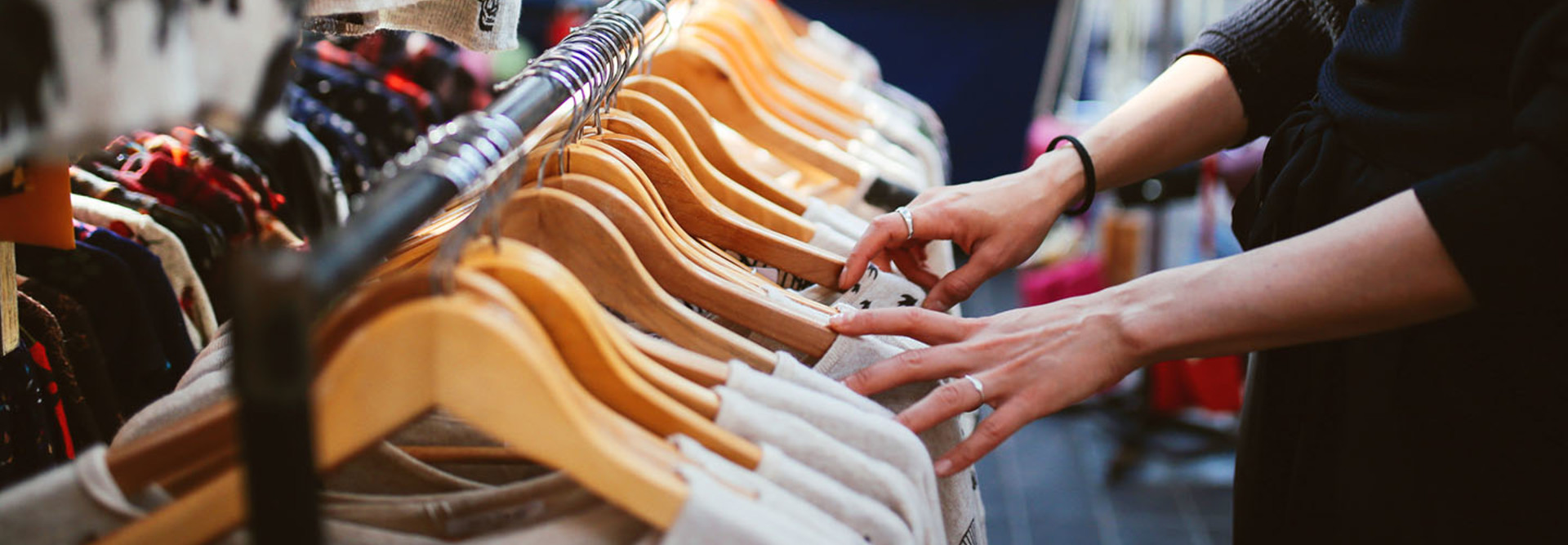How Technology Can Help Fight Retail Shrink
Retail shrink — or a reduction in inventory due to shoplifting, employee theft or other errors — is affecting retail bottom lines across the country.
This loss of inventory collectively cost retailers in the U.S. more than $42 billion in 2017, according to the Sensormatic Global Shrink Index from Tyco Retail Solutions and PlanetRetail RNG, the former of which is a solutions firm focused on loss prevention. The U.S. market in particular represents almost half of global dollars lost.
Retailers aren’t blind to the issues of retail shrink. Stores have been aware of these problems for years and have adopted a variety of different measures in response, including electronic article surveillance (EAS) and upgraded video cameras. Sephora, for instance, has implemented EAS systems and traded analog cameras for IP cameras with the aim of improving security and offering more robust data to bolster analytics around loss, training and business decisions.
As radio frequency identification tags, computer vision and artificial intelligence begin to enter the realm of retail, many stores are tapping these tools in new ways with the aim to combat retail shrink.
SIGN UP: Get more news from the BizTech newsletter in your inbox every two weeks!
Retailers Keep Track of Inventory with RFID
RFID — which, unlike EAS, allows retailers to keep tabs on individual items by giving them unique identifiers — has become a commonly adopted technology for loss prevention in recent years. In fact, a recent IDC study uncovered that 80 percent of retailers have set aside funds to spend on visibility platforms, such as RFID and Internet of Things devices, and 60 percent already have a visibility platform in place.
Business Matters magazine reports that RFID can be used for security in two ways: access control and protection against theft.
According to the publication: “For access control, RFID devices such as smart cards, fobs and wristbands can be used as electronic keys. As each individual can be given access to different areas, it means that you can control not only who can enter but also where different employees may and may not go.”
When it comes to theft, companies can tag stock and equipment, which will alert staff if anyone takes an item outside the building without permission or payment.
Stores including Target, Lululemon Athletica and Levi Strauss have touted the technology as a way to offer more accurate visibility into inventory and other aspects of supply chain visibility, Retail Dive reports.
"RFID can be most beneficial when it comes to enhanced inventory control and loss prevention, where RFID can help give you much greater visibility into and more granular control over your inventory," Emily Mitchell, chief operating officer of password-cracking firm Sagitta HPC, which specializes in breaking authentication and encryption technologies, tells Business.com, "Traditional barcodes can only identify products on a basic level, and all products of the same type have identical barcodes."
Emerging Tech Joins the Battle for Loss Prevention
While tracking technology is becoming commonly used in traditional retail stores, entirely new store formats — such as Amazon Go — are transforming the customer experience, eliminating the need for interaction with cashiers and employing new types of technology that could make it easier to catch shoplifters.
A store prototype in Santa Clara, Calif., for instance, uses AI and cameras to track what customers pick up, then automatically charges them as they leave the store.
“Ceiling-mounted cameras track shoppers and the items they pick up, with computer vision software identifying each item so the customer can be charged electronically via an app on their way out,” The Mercury News reports.
With each item automatically detected using computer vision with 98 percent accuracy, attempts to shoplift could prove fruitless, as it did for one journalist who tested out the technology’s efficacy for MIT Technology Review.









